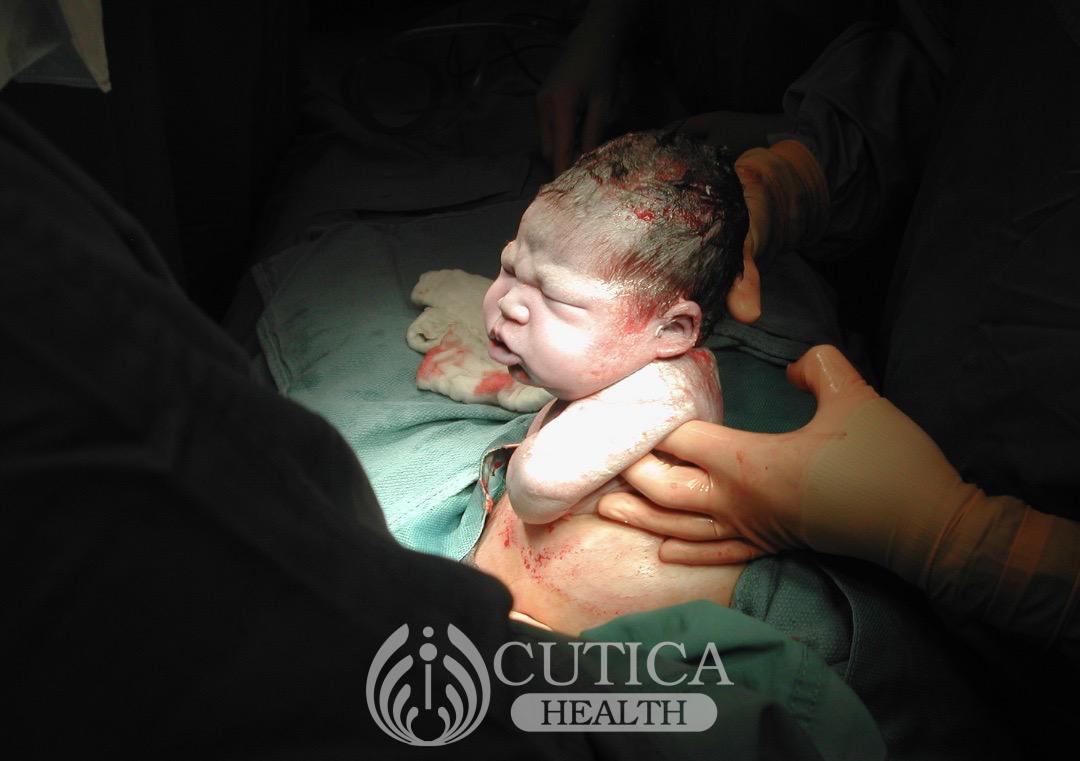
An infant is defined as a child who is between the ages of 1-18 months. The challenges of an infant are quite peculiar as this signifies a crucial part in the development of the child. This is because actions and inactions at this period have a long term effects on the health and well-being of the child. One of the common problems that occur in infants and young children are seizure disorders.
What are seizures disorders?
Seizures are a result of disorganized or overfiring of brain cells that results in various forms of physical manifestations such as falling down, rapid, jerky movements, and sudden loss of consciousness.
Seizures are quite common in infants and are due to a myriad of causes. Structural causes due to direct assault on the brain either by having a lack of oxygen to the brain during a traumatic or prolonged labor and delivery. This is called perinatal hypoxia and it usually results in being born with some damage to the infant’s brain. This could result in such infants having seizure disorders.

Other causes of seizures in infants include having disturbed chemical balance in the blood, including low or high levels of glucose, potassium, calcium, or magnesium. Infections of the brain such as meningitis or encephalitis could also result in seizures in infants. Inheriting certain medical conditions or genetic disorders that predispose children to seizures may also cause seizures.
How are seizures manifested?
Subtle seizure – This is the commonest type of seizures in newborns. These seizures are usually not obvious to an untrained eye. They manifest as smacking of the mouth, fickle movements of the eyelids and lips, changes in breathing patterns, bicycling movements of their legs, brief jerks or episodes of stiffening of their body and limbs. They might be less alert than usual. It might be difficult to attract their attention and their eyes may not focus properly.
Clonic seizure – This is manifested by the baby having a jerking or stiffening of an arm or leg that can involve both arms and legs at different times.
Myoclonic seizure – During this type of seizures, the baby’s whole upper body may suddenly jerk forward. Or both their legs may jerk up towards their stomach, with their knees bent.
Tonic seizure – This seizures manifest by the baby’s body stiffening and their eyes or head might turn to one side.

What to do when you suspect your infant might have a seizure?
Some events will make you suspect a seizure in your infant and these events should necessitate presenting to the hospital to see a specialist. These signs include:
- Any changes in your baby’s behaviour.
- All the seizures look the same, and last the same length of time.
- The seizures happen while the baby is awake or asleep, or both.
- The seizures are caused by changes in the baby’s posture, or when they are doing different things.
- The seizures interfere with, or stop, the baby’s activities, such as feeding.
- You could help the specialist by recording any behaviour changes on your mobile phone.
The specialist may arrange for some tests that will help to make a diagnosis and determine the likely cause of the seizures.

Conclusion
Seizure disorders in infants, when managed appropriately, can become a thing of the past. What is important is that parents notice such abnormalities and present to a specialist as soon as possible.
“This article was sponsored by Fidson Healthcare PLC”












